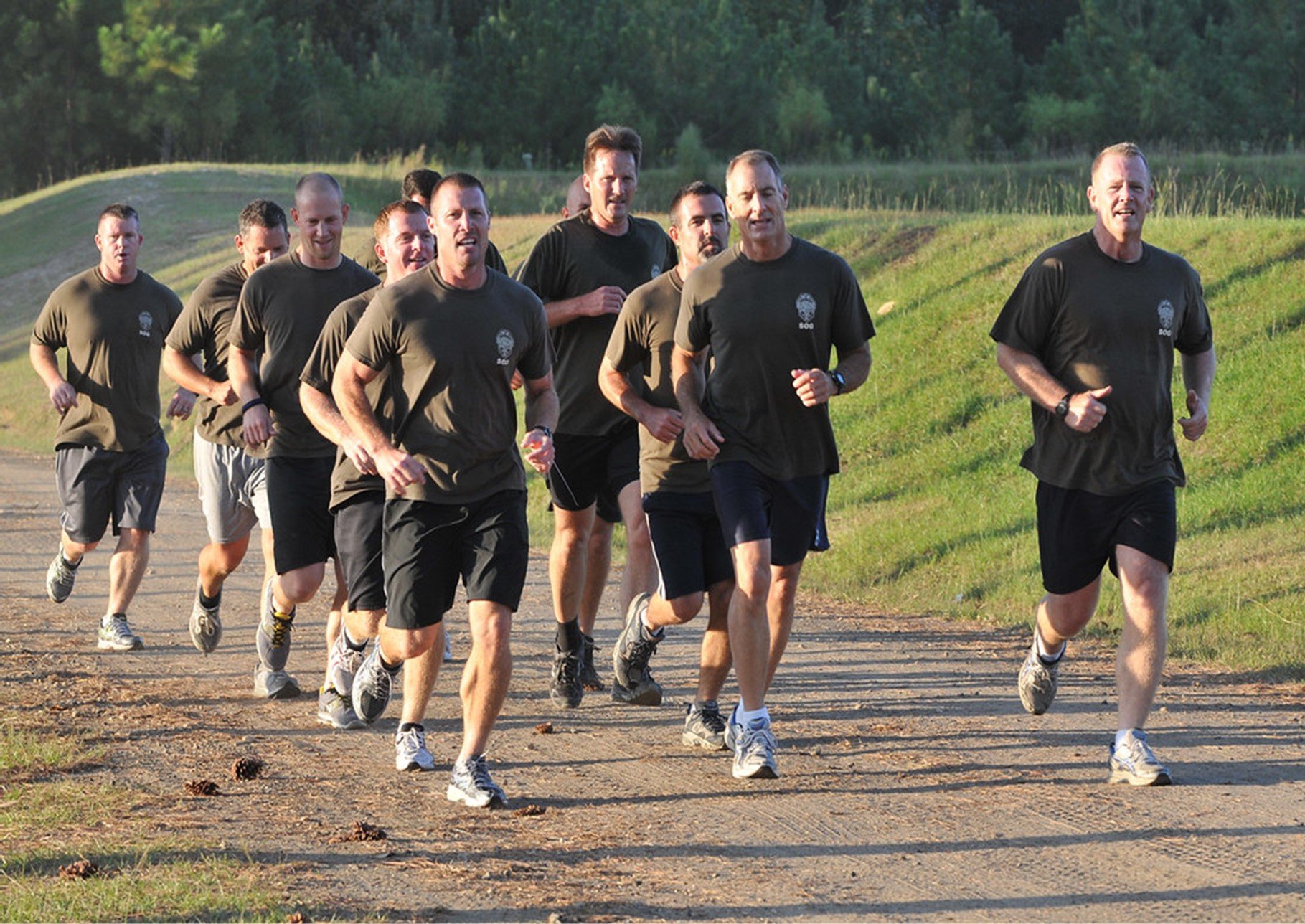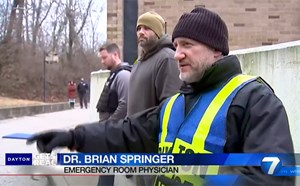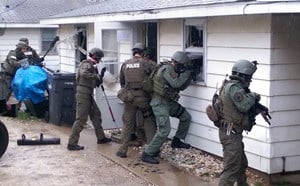
Exercise Recommendations for Law Enforcement Personnel
Brian L. Springer, MD, FACEP
Director, Wright State University Division of Tactical Emergency Medicine
“How much exercise do I need?” This is a question often asked of tactical medical professionals (TMPs) by operators and other law enforcement personnel. If you look to the news cycle for your answer, you will receive a different recommendation on a revolving basis based on single studies, with no efforts made to look back on previously cited studies. Is a 7-minute workout several times a week adequate? (www.nytimes.com/guides/well/activity/the-7-minute-workout) Or does one need at least 150 minutes each week, combining aerobic and anaerobic activity? (health.gov/sites/default/files/2019-09/Physical_Activity_Guidelines_2nd_edition)
When addressing physical activity and fitness with law enforcement, consider your audience. Special operations personnel are more likely to be fit, engaged in regular exercise, cognizant of diet, and often ask about the latest fitness trends and if it will benefit their performance. When dealing with the broader scope of law enforcement personnel such as patrol, detectives, administrative, and others, you encounter a much wider range of fitness levels and knowledge. It is also among this broader swath of the policing community that we see obesity, cardiovascular disease, and premature morbidity and mortality. (nationalpolicesupportfund.com/heart-disease-and-law-enforcement-2/) Long hours, dietary indiscretion, along with hours of sedentary activity punctuated by moments of extreme stress and exertion all put law enforcement at risk. We know that exercise is beneficial, but how should a patrol officer interested in getting themselves into better shape and improving their health get started?
Not to oversimplify, but the best recommendation a TMP can make is: do something. Anything. Do some type of physical activity most days of the week. Get started now. Walk, run, lift weights, play golf (but walk the course, not ride in a golfcart drinking beer) or basketball, bicycle (even just moderately: intensive spin workouts are not essential.) But do something.
To gauge the effectiveness of physical activity on promoting health, we need to look further back than the latest small study making the news rounds and get some historical perspective. That means referencing some of the grandaddies of epidemiologic studies. The Harvard Alumni Study, started in 1962, followed a large cohort of college educated men over decades, monitoring their physical activity levels. They found that increased physical activity level was associated with lower cardiovascular disease risk. This benefit continued even when factoring in age, BMI, alcohol intake, hypertension, diabetes, smoking status and family history. (www.epi.umn.edu/cvdepi/study-synopsis/harvard-alumni-study/) The Framingham Heart Study (framinghamheartstudy.org/) is the longest-running cardiovascular epidemiological study to date, starting in 1948, spanning 3 generations of white persons and 2 cohorts of racial and ethnic minority groups. Most notably, FHS has identified the major risk factors for cardiovascular disease in the community: cigarette smoking, hypertension, and elevated cholesterol. But having a large study population over an extended period of time allowed researchers to look at the role of physical activity on health, and conclude that cumulative long-term physical activity has a protective effect on incidence of all-cause and cardiovascular disease-attributable mortality compared with long-term physical inactivity. (Shortreed SM, Peeters A, Forbes AB. Estimating the effect of long-term physical activity on cardiovascular disease and mortality: evidence from the Framingham Heart Study. Heart. 2013 May;99(9):649-54)
TMPs have a number of resources they can access to guide recommendations. I would be familiar with and quick to recommend the previously mentioned DHHS physical activity guidelines available at health.gov. Pick up the American College of Sports Medicine’s ACSM’s Guidelines for Exercise Testing and Prescription, available at Amazon. It covers general exercise recommendations, as well as recommendations for special populations (hypertension, diabetes, etc.) Essentials of Strength Training and Conditioning, published by the National Strength and Conditioning Association, is an excellent reference for understanding kinesiology and proper techniques for resistance exercise. NCSA’s text on tactical strength and condition is also excellent, expanding on exercises and drills directed towards law enforcement, fire and rescue, and military personnel. Plus, lugging around the hardcover editions of those texts will keep you strong. Add these volumes to your library, be familiar with their content, and guide your tactical athletes at every level to peak performance.



